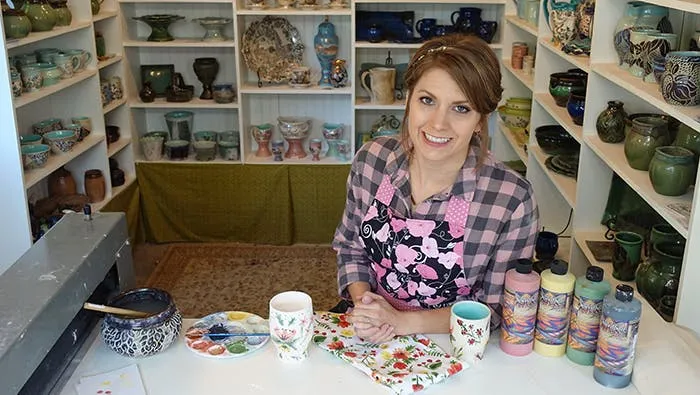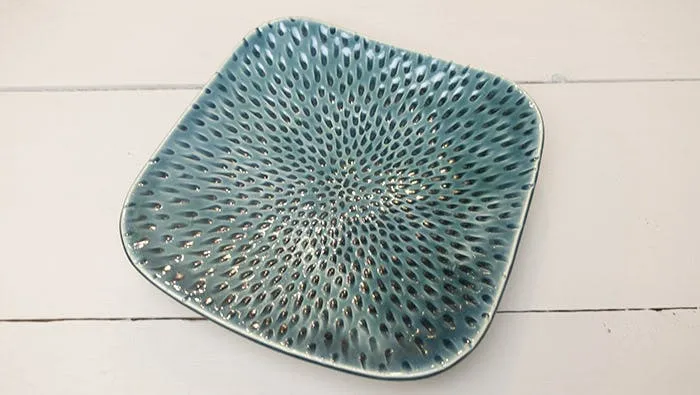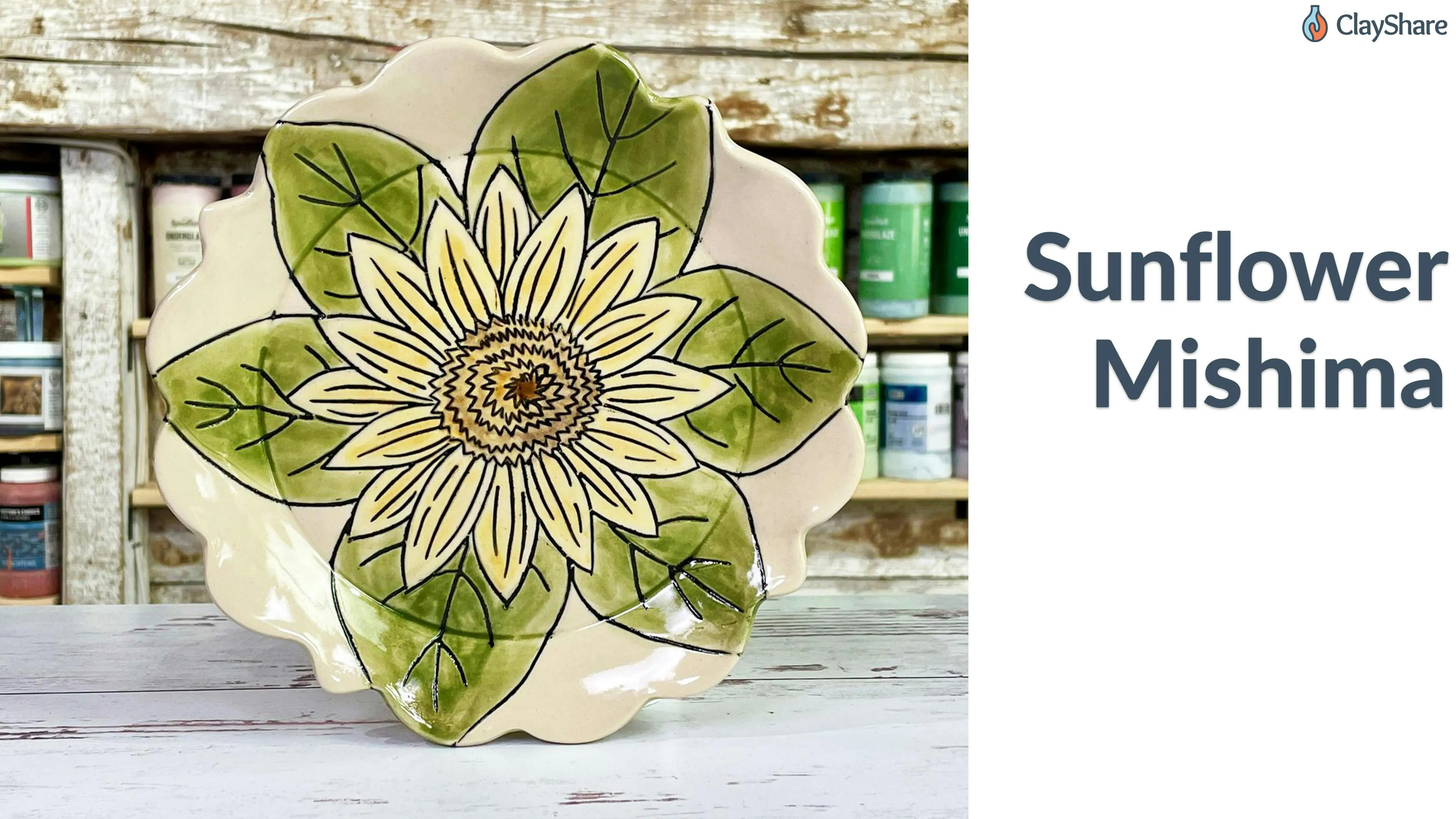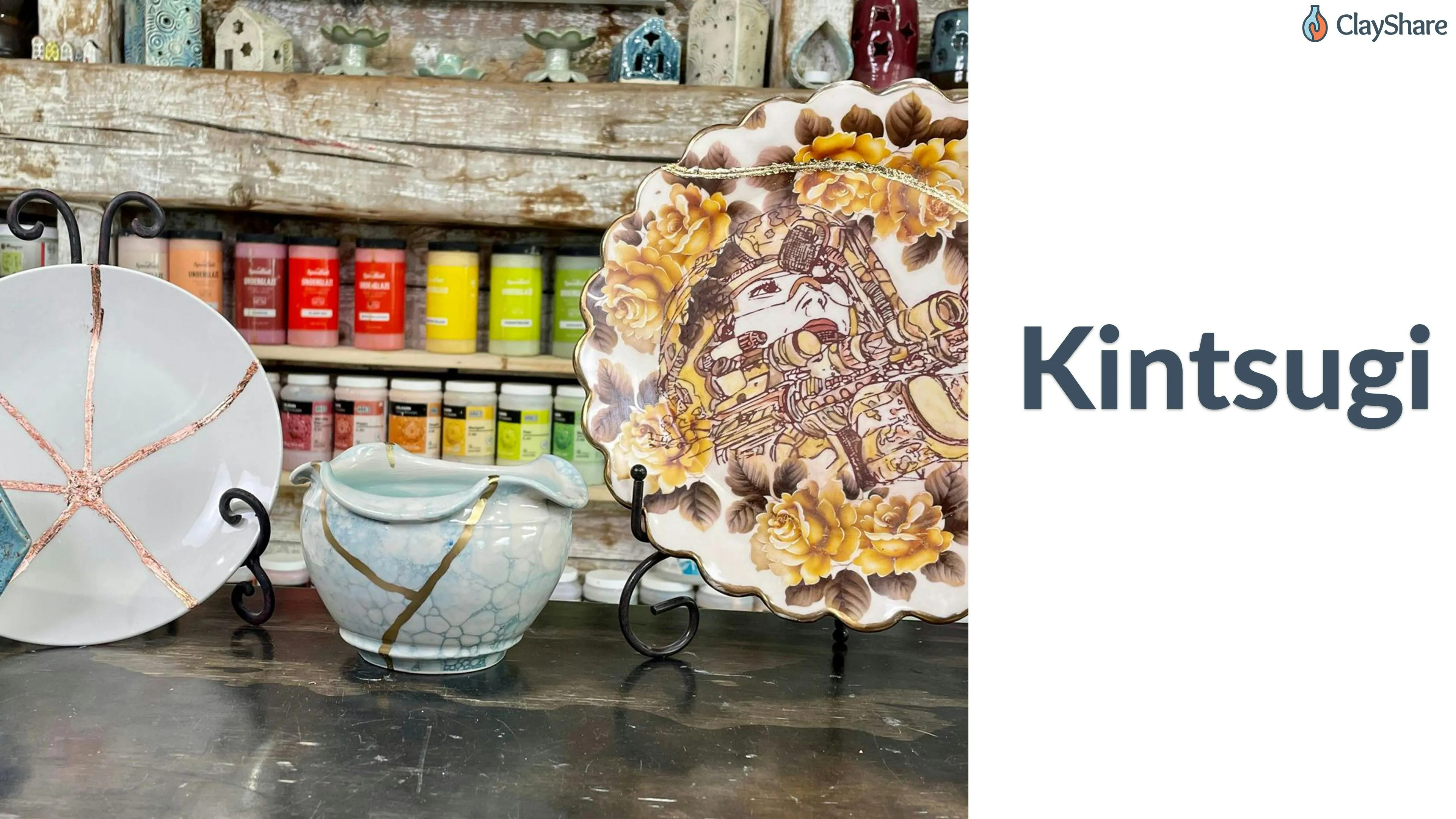Mastering Underglaze Techniques for Stunning Pottery

Hey there, fellow clay enthusiasts! Robert Kline here, and I’m thrilled to share my passion for a pottery technique that’s close to my heart: underglaze decoration. Whether you’re just starting out on your pottery journey or you’re a seasoned potter looking for fresh inspiration, understanding underglaze techniques can unlock a world of creative possibilities.
From intricate patterns to bold designs, underglazes offer a versatility that can truly elevate your ceramic creations. In this article, we’ll explore various underglaze techniques, diving into their nuances and providing tips to help you achieve stunning results.
Exploring the World of Underglazes: A Potter’s Guide
Before we delve into the exciting world of underglaze techniques, let’s first establish what underglazes are and why they’re a favorite among potters.
Simply put, underglazes are colored ceramic pigments suspended in a liquid medium, designed to be applied to pottery before the glazing process. Unlike glazes that create a glassy surface, underglazes soak into the clay, resulting in a matte finish once fired. This unique characteristic allows for intricate details and vibrant colors that remain prominent even after glazing.
Unleashing Creativity: Popular Underglaze Techniques
Ready to dive into the fun part? Let’s explore some popular underglaze techniques that can breathe life into your pottery:
1. Underglaze Painting: Embrace Your Inner Artist
 Drawing on Bisque Ware
Drawing on Bisque Ware
Alt: Hand-painted pottery with delicate floral designs in black underglaze on a white bisque vase.
Underglaze painting is perhaps the most versatile technique, allowing you to treat your pottery as a canvas. Using brushes, sponges, or even your fingers, you can create freehand designs, intricate patterns, or even realistic imagery.
Expert Tip: “Experiment with different brush types and application methods to achieve various effects. For fine lines, use a liner brush. For broader strokes or washes, try a hake brush.” – Maria Sanchez, Ceramic Artist
2. Sgraffito: Unveiling Hidden Designs
 Sgraffito
Sgraffito
Alt: A close-up image of a ceramic plate with a sgraffito pattern, revealing the contrasting clay body beneath.
Sgraffito involves layering contrasting underglazes and then scratching through the top layer to reveal the color beneath. This technique is perfect for creating intricate patterns, textures, and even illustrative scenes.
Pro Tip: “Allow the top layer of underglaze to dry to a leather-hard state before carving to prevent smudging.” – John Thompson, Pottery Instructor
3. Mishima: Inlaying Color for Stunning Effects
 Sunflower Mishima
Sunflower Mishima
Alt: A handcrafted ceramic bowl adorned with a vibrant sunflower pattern created using the Mishima inlay technique.
Mishima is a fascinating inlay technique where you carve designs into the clay’s surface and then fill the incisions with contrasting underglaze. This creates a beautiful, subtle effect that’s both elegant and eye-catching.
Expert Insight: “For intricate Mishima designs, consider using carving tools specifically designed for pottery.” – Lisa Chen, Ceramics Studio Owner
4. Underglaze Transfers: Simplicity and Precision Combined
 Sunflower Mishima
Sunflower Mishima
Alt: The process of applying handmade underglaze transfers onto a ceramic mug, showcasing the detailed design being transferred.
Underglaze transfers provide a fantastic way to achieve consistent and detailed designs. These decals, either store-bought or handmade, are applied to the pottery surface and then release their design when soaked with water.
Pro Tip: “Ensure the surface of your pottery is smooth and clean before applying underglaze transfers for optimal adhesion.” – David Miller, Ceramic Arts Instructor
Beyond the Basics: Exploring Additional Techniques
As you become more comfortable with underglazes, don’t hesitate to experiment with other exciting techniques:
- Stamping: Use stamps dipped in underglaze to create repeating patterns or unique textures on your pottery.
- Stencils: Combine underglazes with stencils to achieve precise and intricate designs effortlessly.
- Sponging: Create depth and texture by applying underglaze with a sponge, dabbing or swirling for different effects.
Embrace the Beauty of Underglaze Techniques
 Tray with Built-In Handles and Peacock Glazing
Tray with Built-In Handles and Peacock Glazing
Alt: A finished ceramic tray featuring built-in handles and a stunning peacock-inspired glazing, highlighting the vibrant colors achieved.
Underglaze techniques offer a world of creative possibilities for pottery enthusiasts of all levels. Whether you’re drawn to intricate details, bold patterns, or subtle textures, there’s an underglaze technique waiting to be explored.
Remember, the key is to experiment, embrace the process, and most importantly, have fun! At Robert Kline Art, we believe that everyone has the potential to create beautiful and unique pottery.
So, grab your underglazes, unleash your creativity, and let’s see what masterpieces you create! And don’t forget to share your creations with us; we can’t wait to see your artistic flair shine through!
Looking for unique, handcrafted gifts? Browse our collection of one-of-a-kind pottery pieces on our website, perfect for any occasion!
